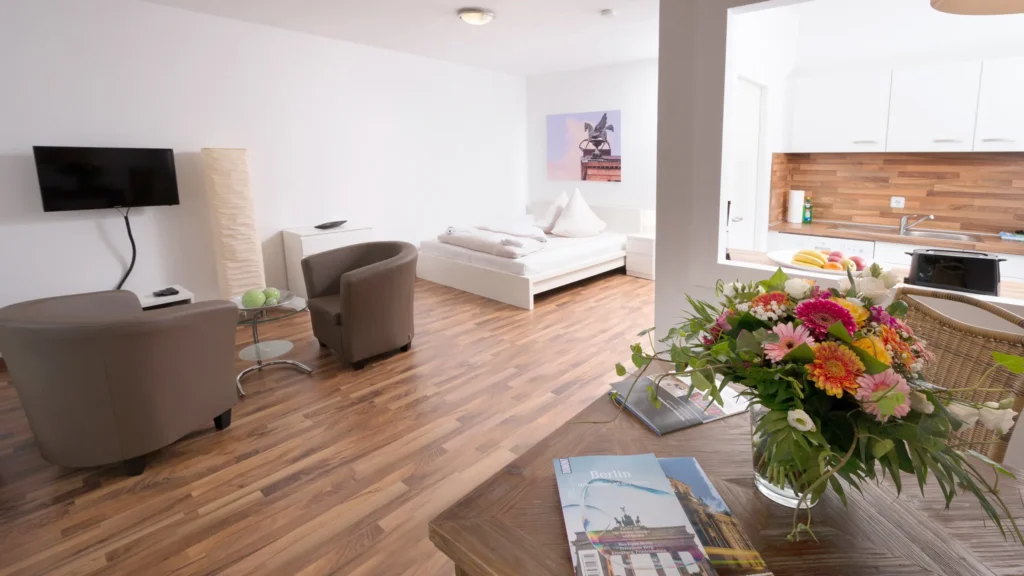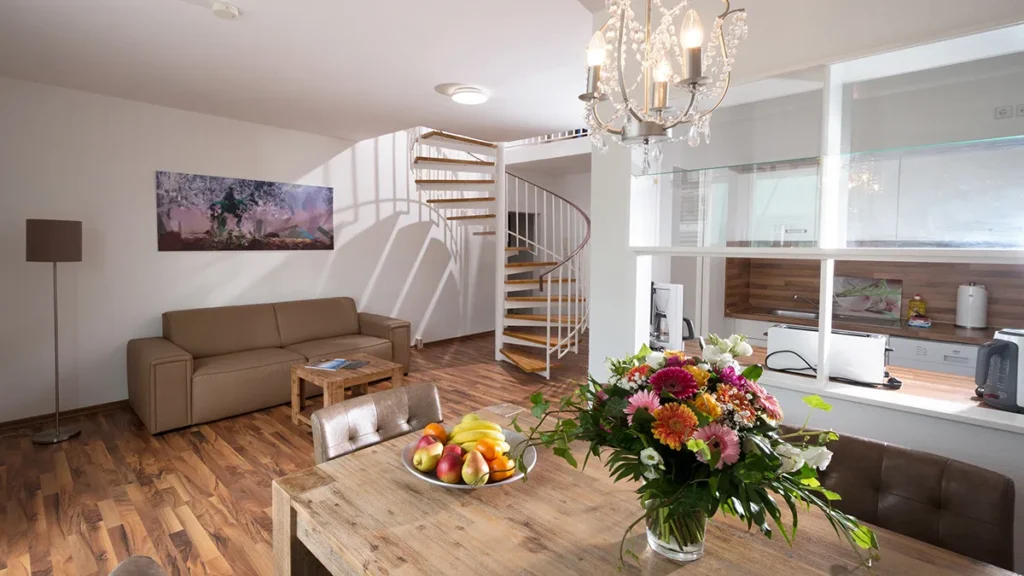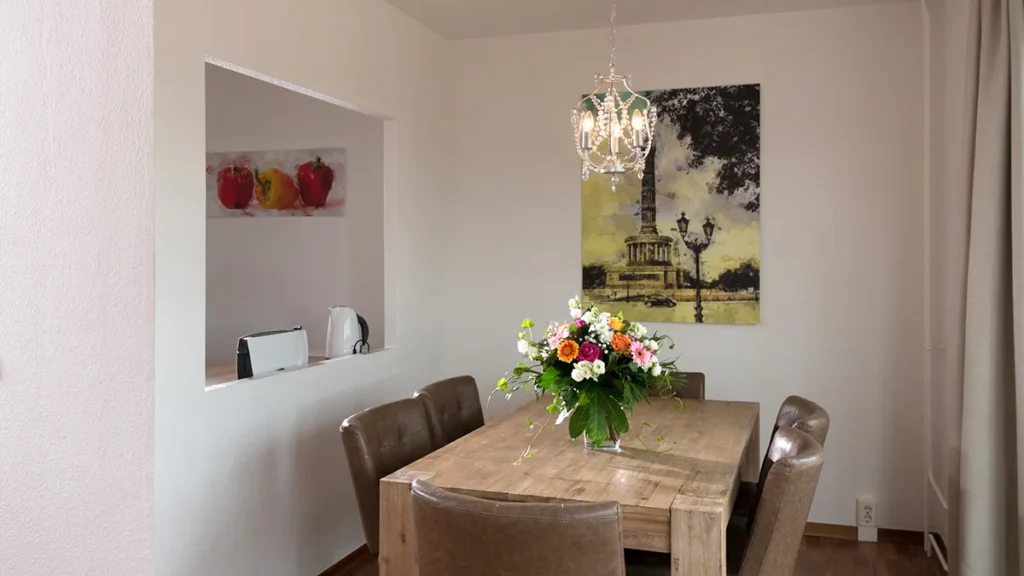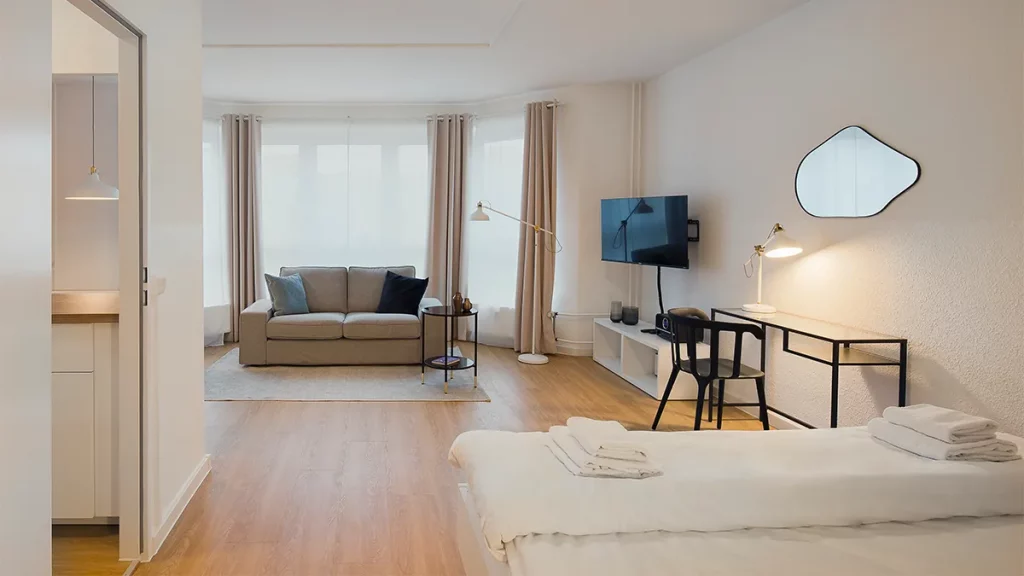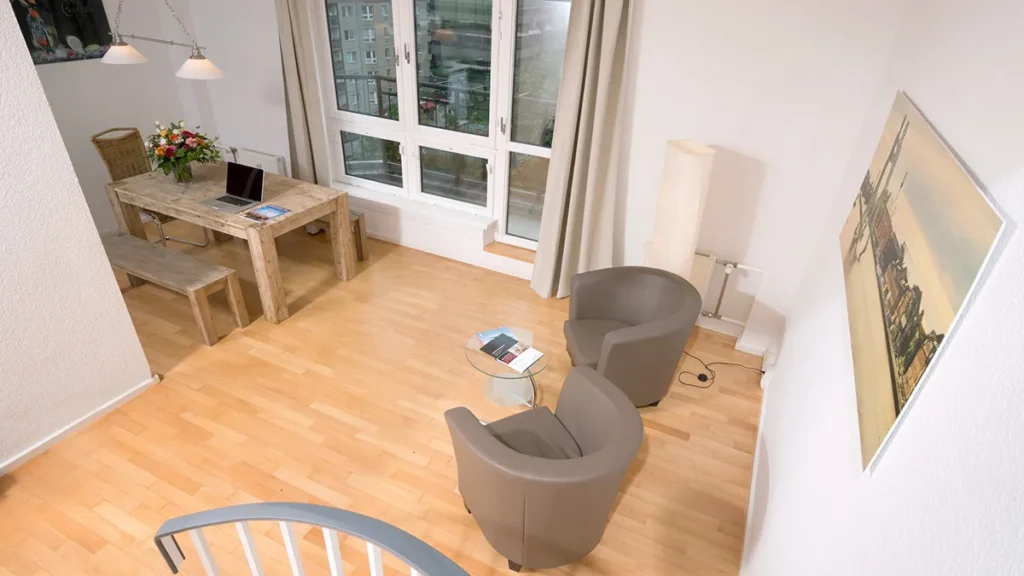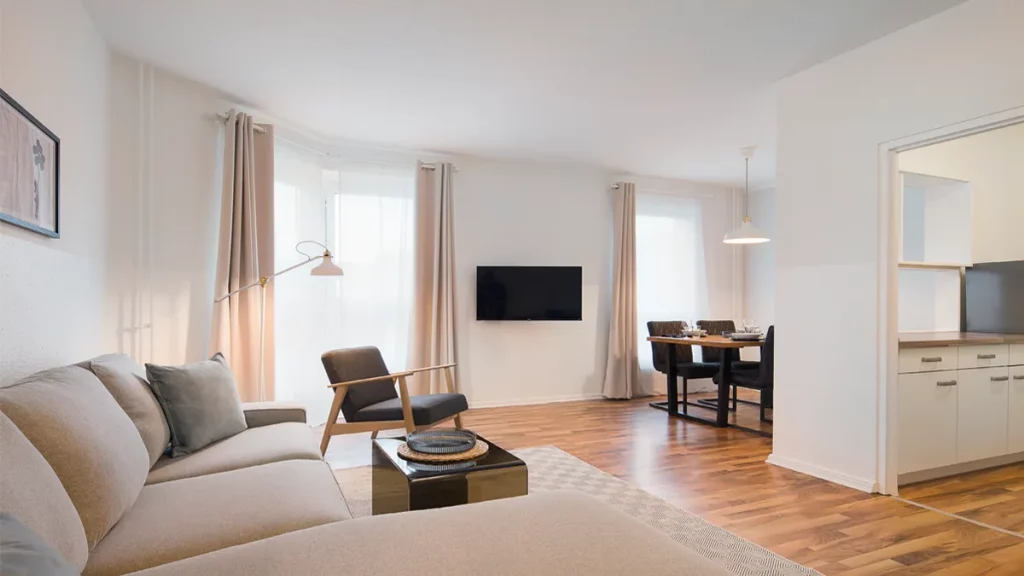If you approach the Bode-Museum from the front, along the bank of the River Spree, its imposing façade makes it look like a Baroque ship. Completed in 1904, it marks the start or finish of Museum Island (depending on your perspective) and is located at the precise point where the two branches of the river come together. Two bridges cross the River Spree here, but only one of them will lead you to the entrance of the museum, located at the rounded tip of the building (or its bow, to stick with the nautical metaphor).
This neo-Baroque building not only has a striking exterior: the large dome, which can be seen from afar, is the roof of a large hall of fame, located just after the entrance. The hall’s design, featuring various ultra-detailed decorations and a large equestrian statue at its centre, makes a striking impression and is primarily lit by a round skylight in the dome. There are a total of five atriums across the complex.
Originally known as the Kaiser-Friedrich-Museum, the Bode-Museum is currently home to the Sculptures Collection (the most comprehensive collection of antique sculptures in Germany), the Museum of Byzantine Art and the Münzkabinett (a coin and medal collection). Its current name pays homage to art historian and museum expert Wilhelm von Bode, who played a significant role in designing and executing the exhibition.
